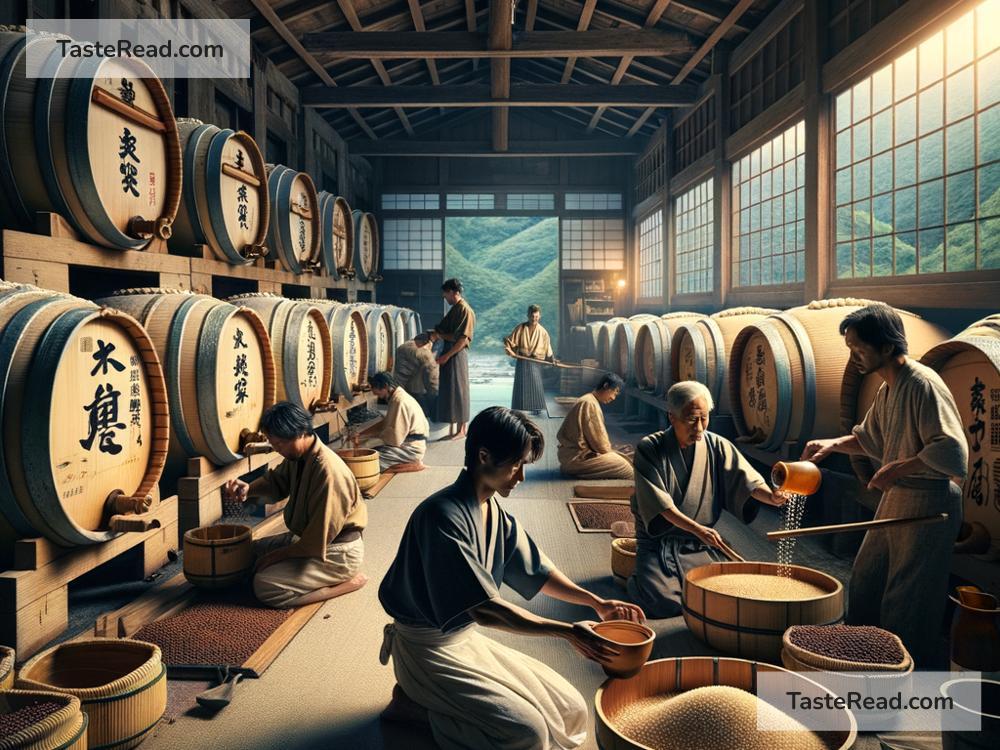Exploring Ancient Fermented Rice Traditions in Sake Breweries in Japan
Japan is known for its rich traditions, stunning landscapes, and innovative technologies. However, one of its most treasured cultural practices is the art of sake brewing. Sake, a traditional Japanese rice wine, has roots that trace back over 1,000 years. It combines craftsmanship, nature, and history in one cup. For visitors and locals alike, exploring sake breweries is not only a chance to learn about the drink but also an opportunity to dive into the ancient traditions of fermentation.
What Is Sake?
Sake is an alcoholic beverage made from rice, water, yeast, and koji mold. The process involves fermenting rice to turn its starch into sugar and then further fermenting the sugar into alcohol. While it’s often called “rice wine,” sake is quite different from wine or beer. The flavor can range from light and fruity to rich and earthy, depending on the brewing method and ingredients.
For centuries, sake has been an essential part of Japanese celebrations, rituals, and daily life. It is commonly shared at festivals, weddings, and religious ceremonies in Shinto shrines. Even today, this traditional drink holds a revered place in Japanese culture.
A Look into Sake History
Sake brewing in Japan has a long and fascinating history. The earliest recorded sake production began in the 8th century, during the Nara period, although some believe its origins date back even further. In ancient times, people fermented rice using natural airborne yeast to produce alcohol. Over time, techniques became more refined, and breweries began to emerge across the country.
In the Edo period (1603–1868), sake production flourished. Brewing techniques improved significantly, and sake became widely available to common people. Today, there are over 1,000 sake breweries in Japan—each with its own unique flavors, brewing styles, and traditions.
Visiting Sake Breweries in Japan
A trip to a sake brewery offers more than just a taste of the drink—it’s a journey into the ancient art of fermentation. Many breweries are located amid scenic Japanese countryside, surrounded by mountains and rivers that play a crucial role in brewing. Fresh, clean water from the mountains is one of the key ingredients in producing high-quality sake.
Breweries usually feature a combination of modern technology and traditional methods. Visitors can watch the brewing process, learn about rice polishing, and even see the large vats where fermentation takes place. From start to finish, brewing sake involves a deep respect for the ingredients and environment.
One popular destination for brewery visits is the Nada district in Kobe, which is famous for its sake. Nada’s natural springs and ideal climate have made it a hotspot for sake production for centuries. Another must-visit region is Fushimi in Kyoto, where historic breweries line the streets.
The Role of Rice and Koji Mold
Rice is an essential ingredient in making sake, and not just any type of rice will do. Breweries use special sake rice varieties, which are larger and easier to mill. Milling rice removes the outer layers, revealing the starchy core needed for fermentation. The more polished the rice, the lighter and cleaner the flavor of the sake.
Koji mold is equally important. This special fungus breaks down the starch in rice into sugar, allowing fermentation to begin. Koji has been used for centuries in Japanese cooking—not just in sake but also in miso and soy sauce. Many breweries take great care to cultivate their own unique strains of koji, as it greatly influences the flavor of the final product.
Tasting Sake Like a Pro
Sake tasting is an art in itself. When visiting breweries, guests often have the chance to sample different types of sake. There are sweet, dry, smooth, and robust varieties. Some are best served hot, while others shine when served chilled.
For beginners, it’s recommended to start slow and experiment with different styles. Junmai sake, which is pure rice sake without added alcohol, offers a clean and straightforward experience. Ginjo and Daiginjo sakes—made with highly polished rice—are often more aromatic and refined.
Tasting involves using your senses. First, observe the color and clarity. Next, smell the aroma, which can range from fruity to nutty. Finally, take a sip and let the flavors unfold on your palate.
Modern Sake Culture
While traditional brewing remains the heart of sake production, modern breweries are experimenting with new flavors and ideas. Some are creating sparkling sake, flavored sake, or sake designed to pair with non-traditional foods like cheese or desserts. These innovations aim to introduce sake to a wider global audience.
Meanwhile, younger generations of brewers are finding creative ways to honor their family traditions while putting their own spin on the craft. The result is a blend of old and new that continues to draw interest from both locals and visitors.
Conclusion
Exploring sake breweries in Japan is an unforgettable experience that combines history, culture, and flavor. From the ancient art of fermentation to the joy of modern techniques, sake connects people to Japan’s rich traditions and beautiful countryside. Whether you’re a first-time visitor or a sake enthusiast, there’s always something to learn and enjoy when you dive into the world of Japanese sake. So, raise your cup and say, “Kanpai!” (Cheers!) to this exquisite tradition that has stood the test of time.


